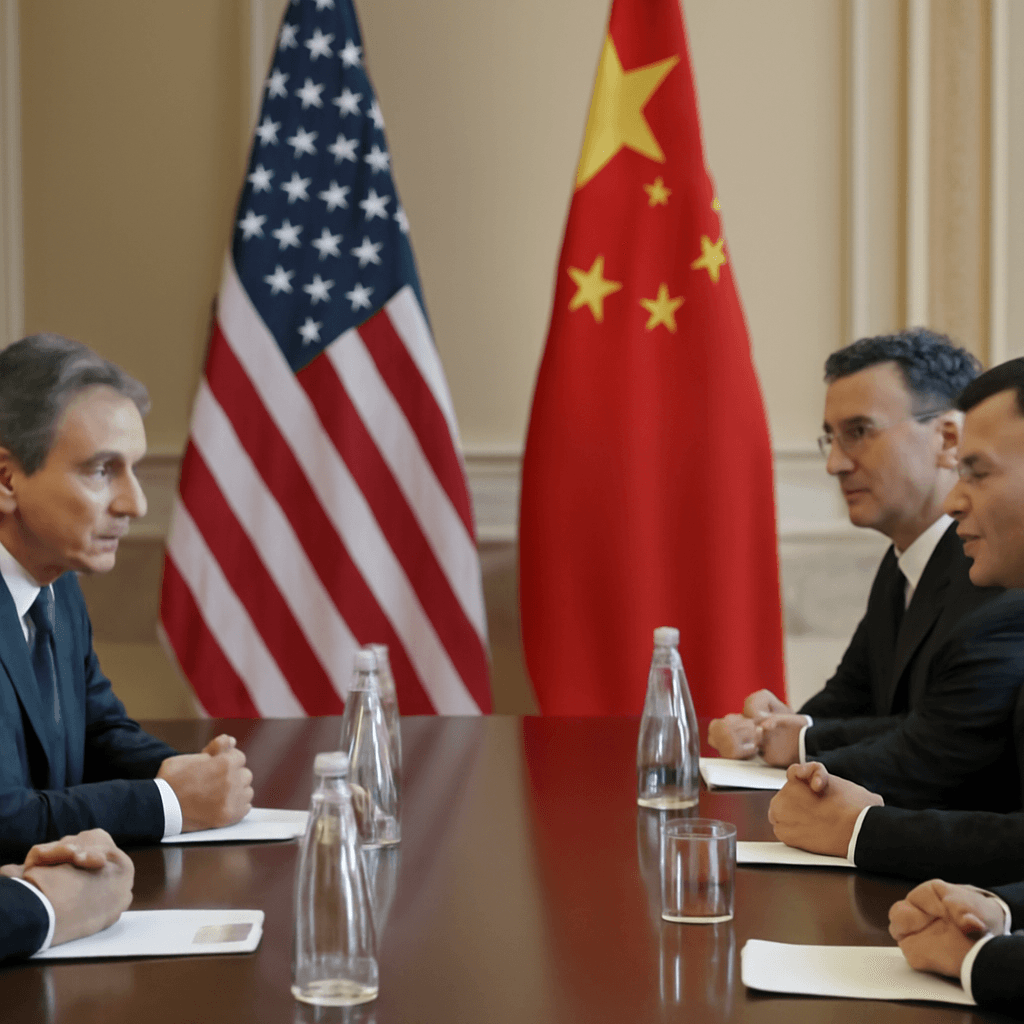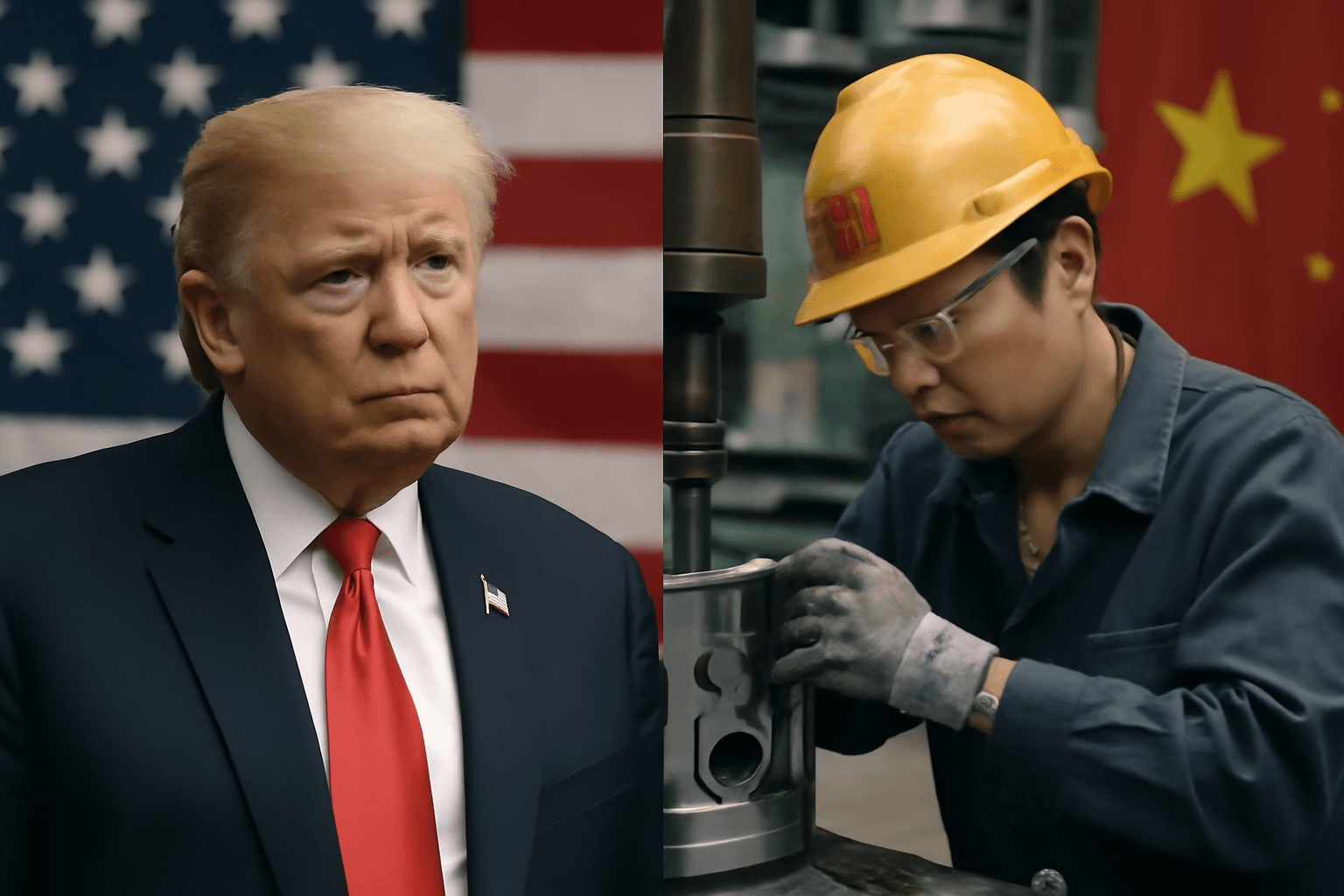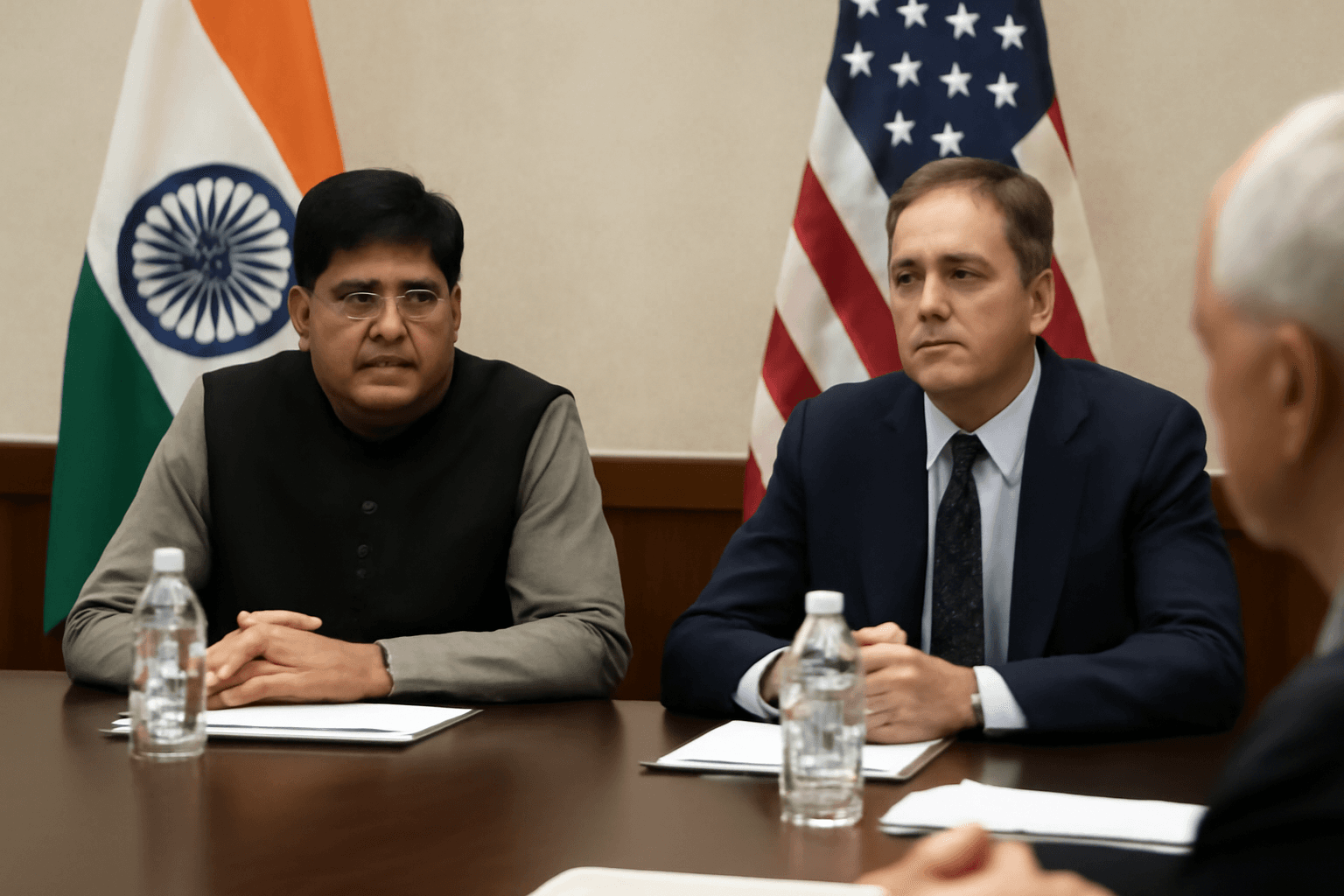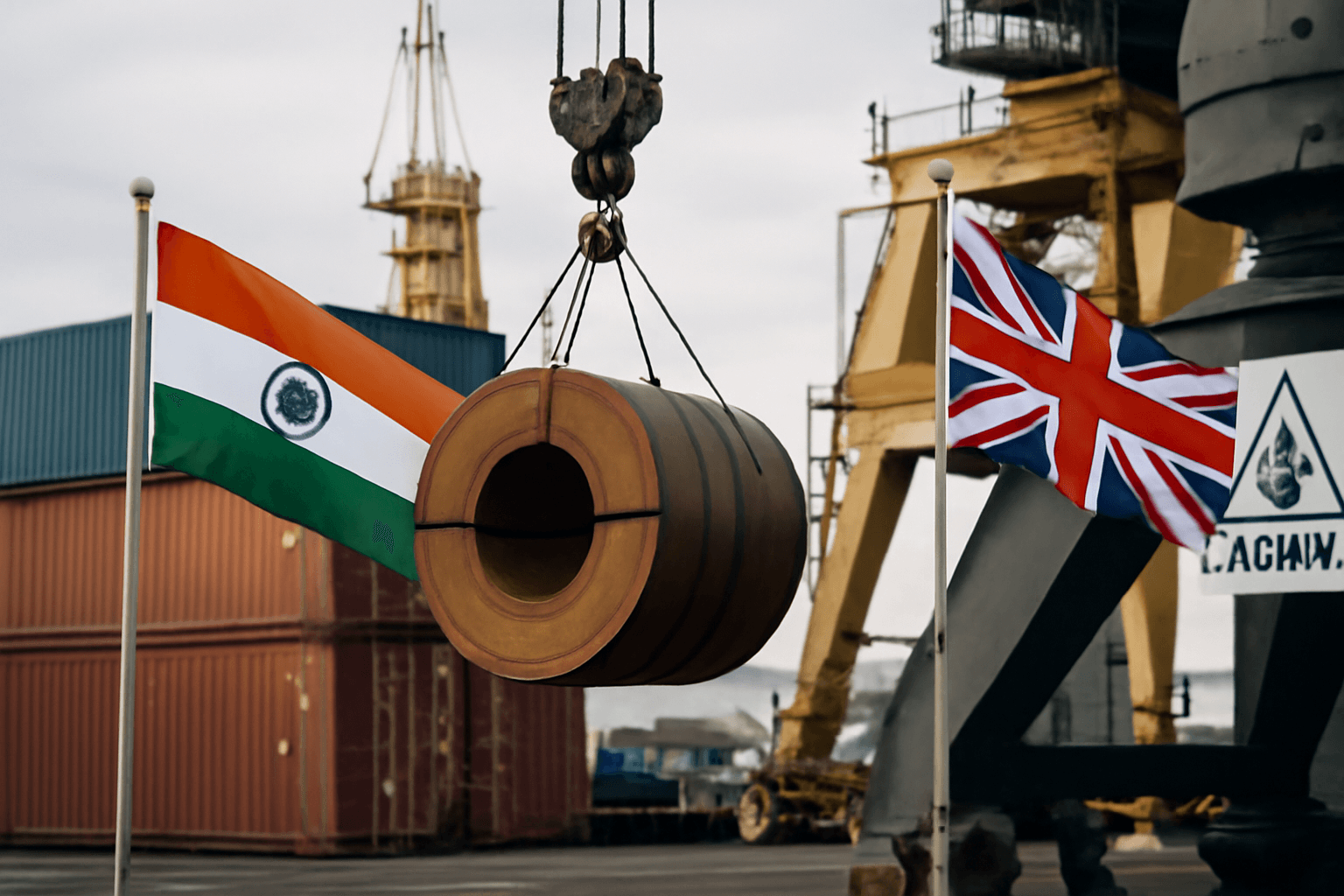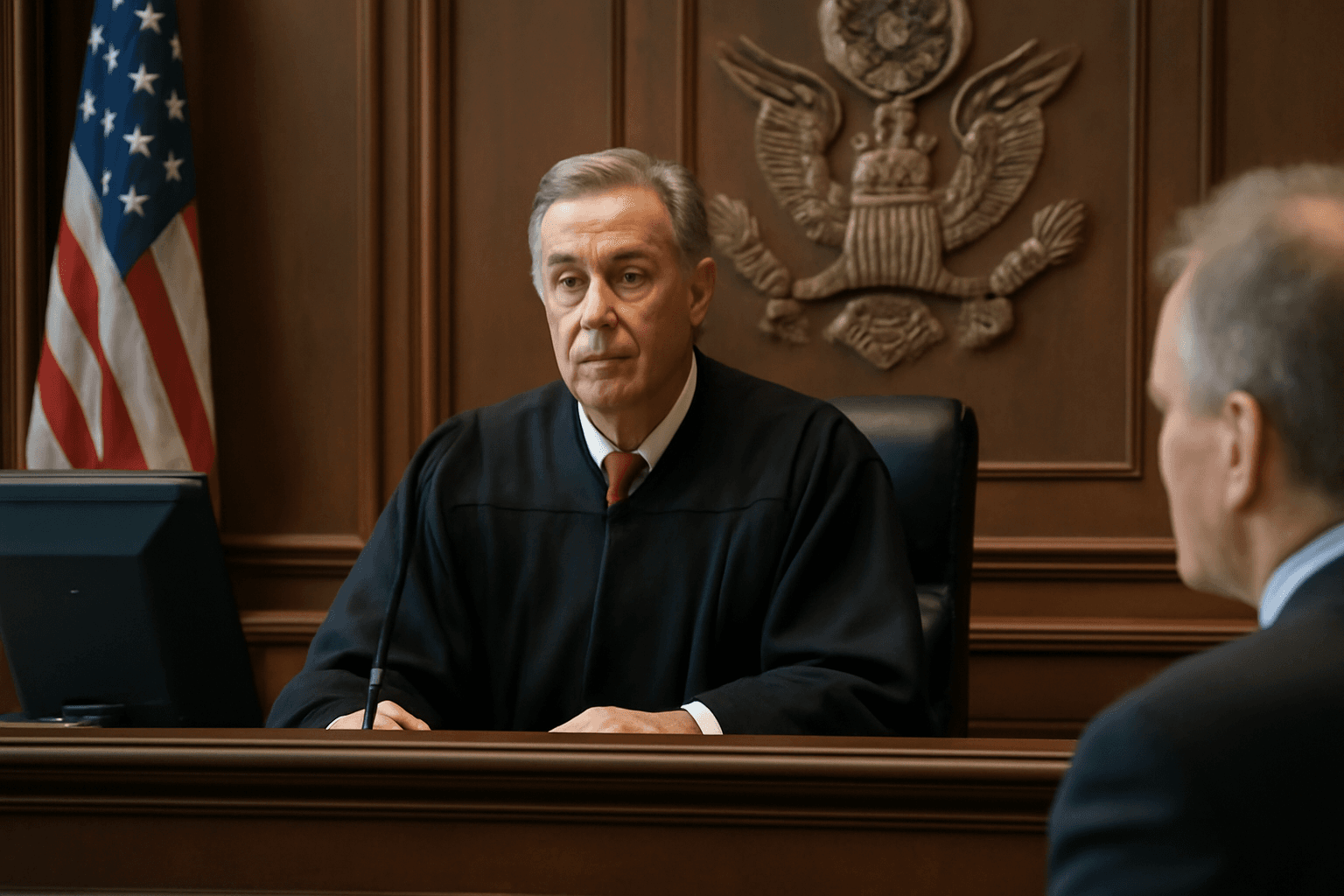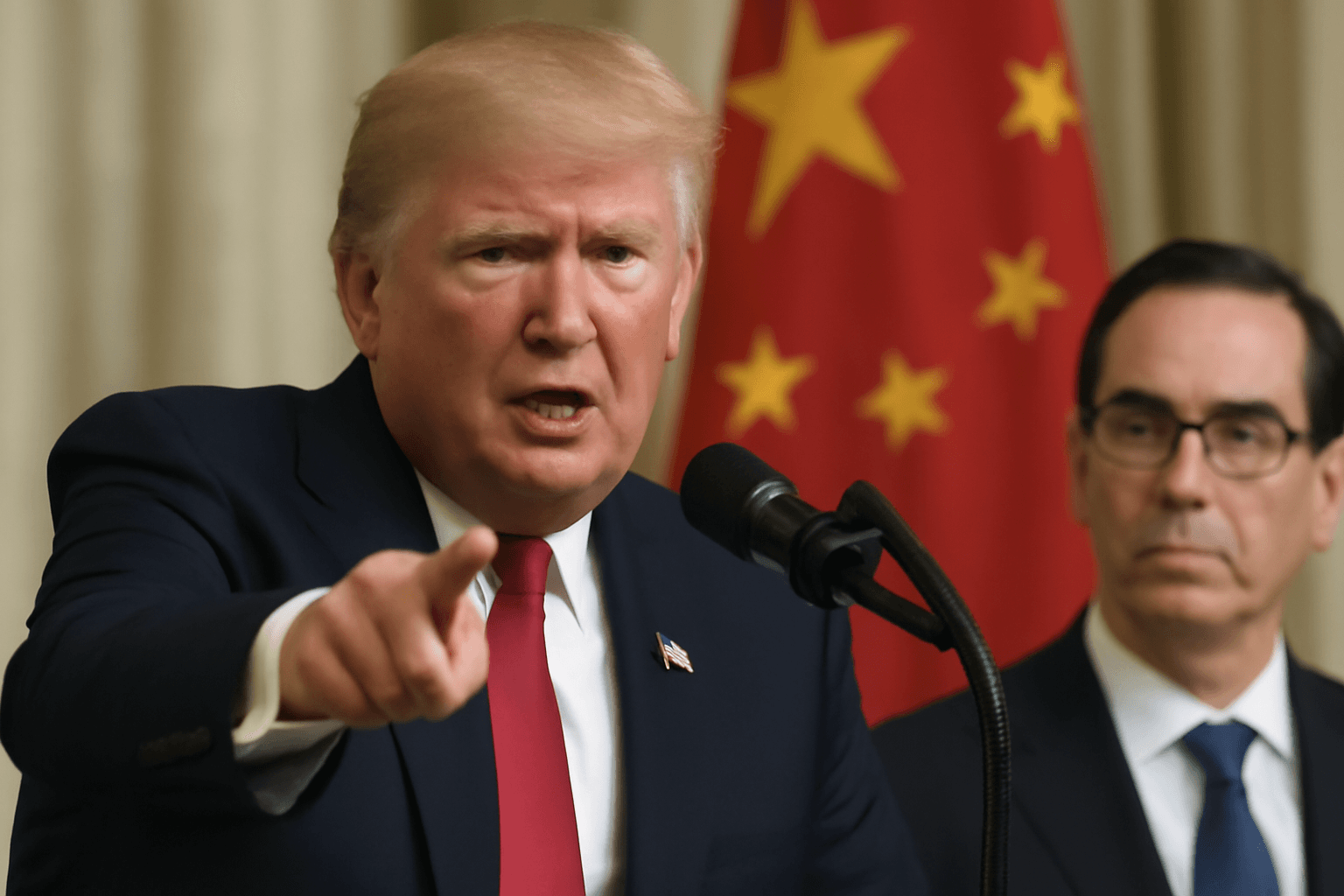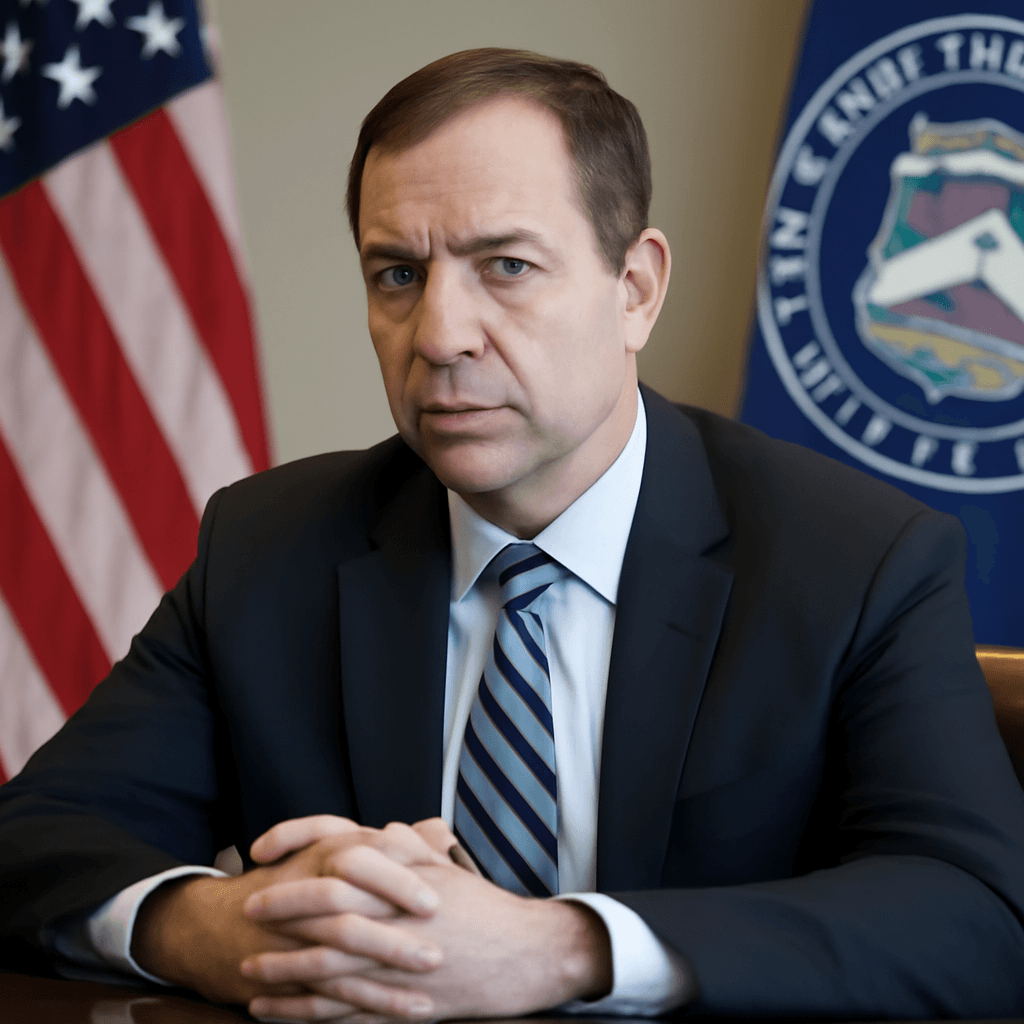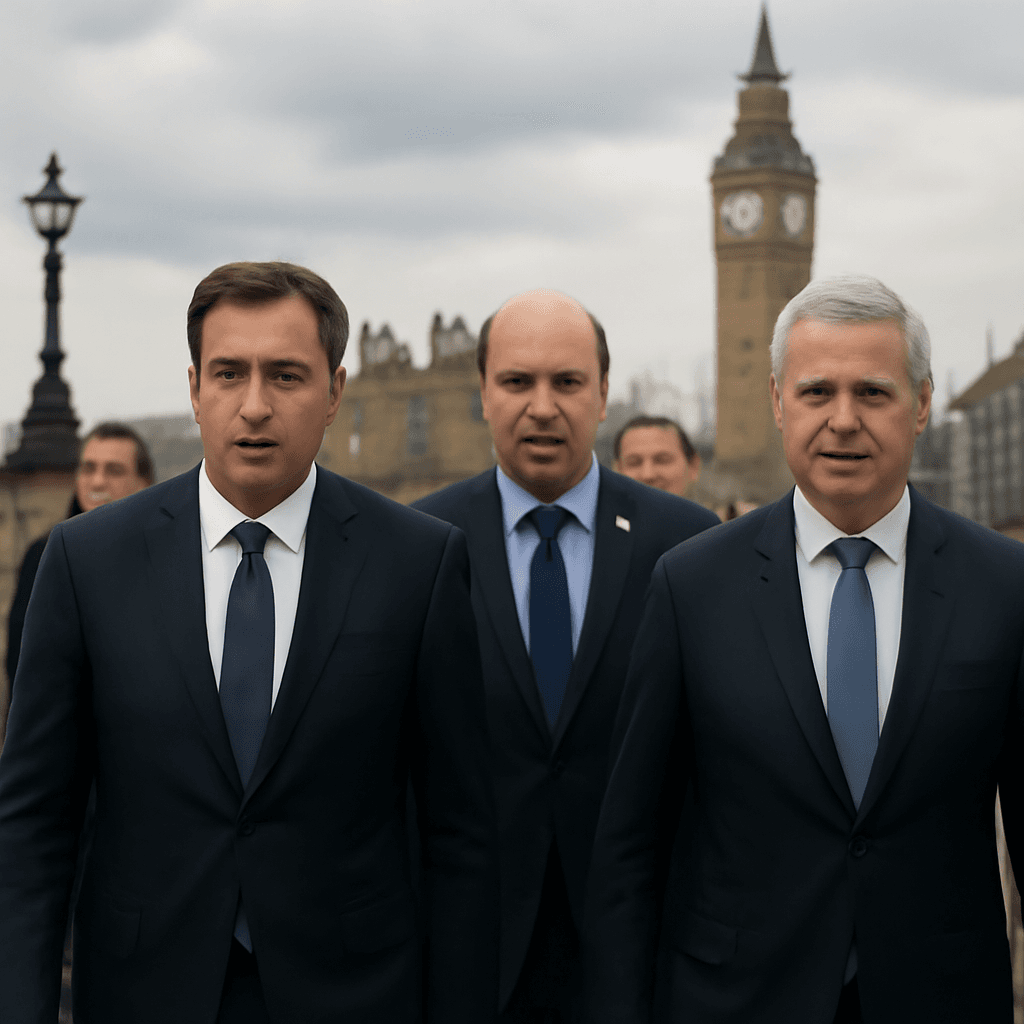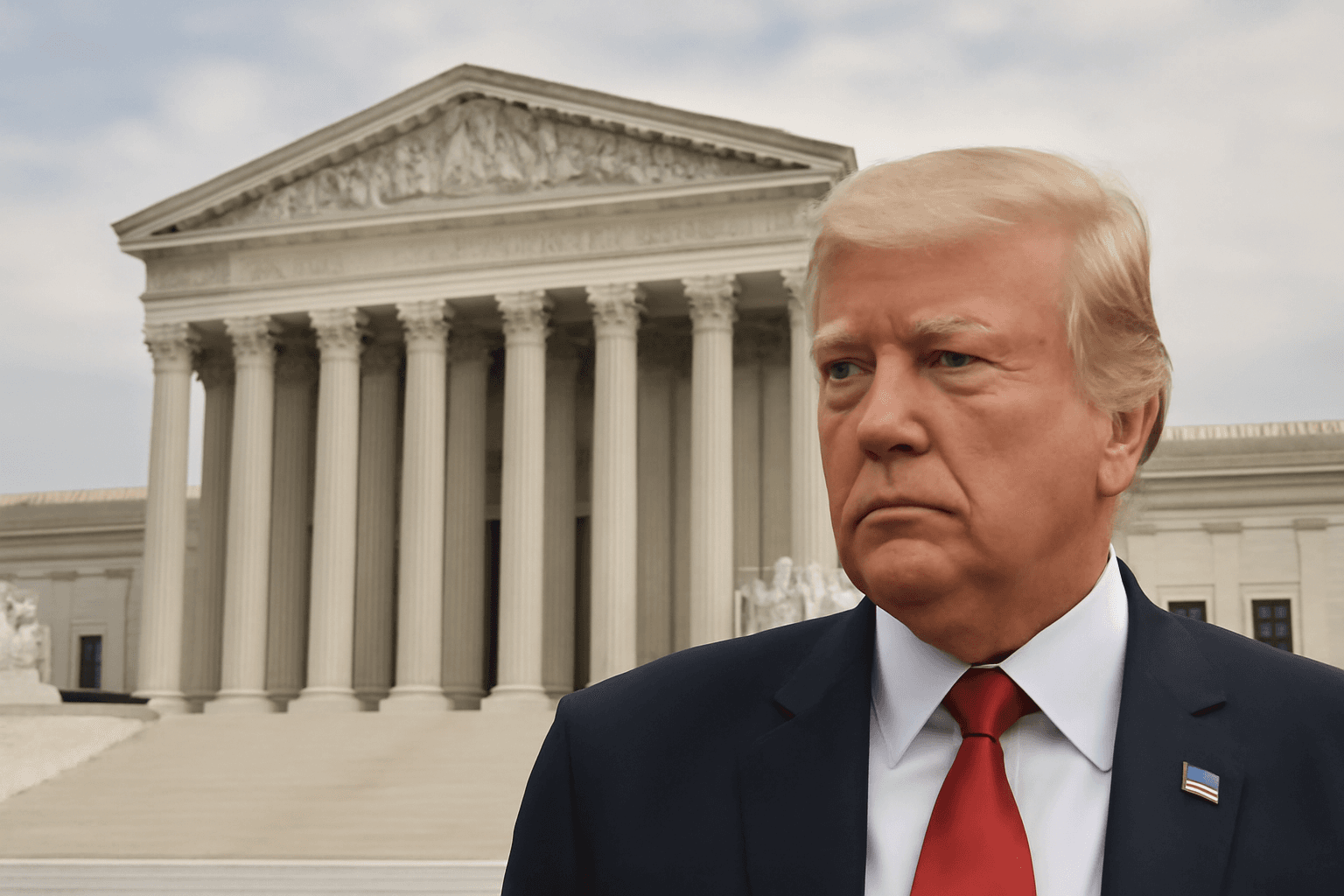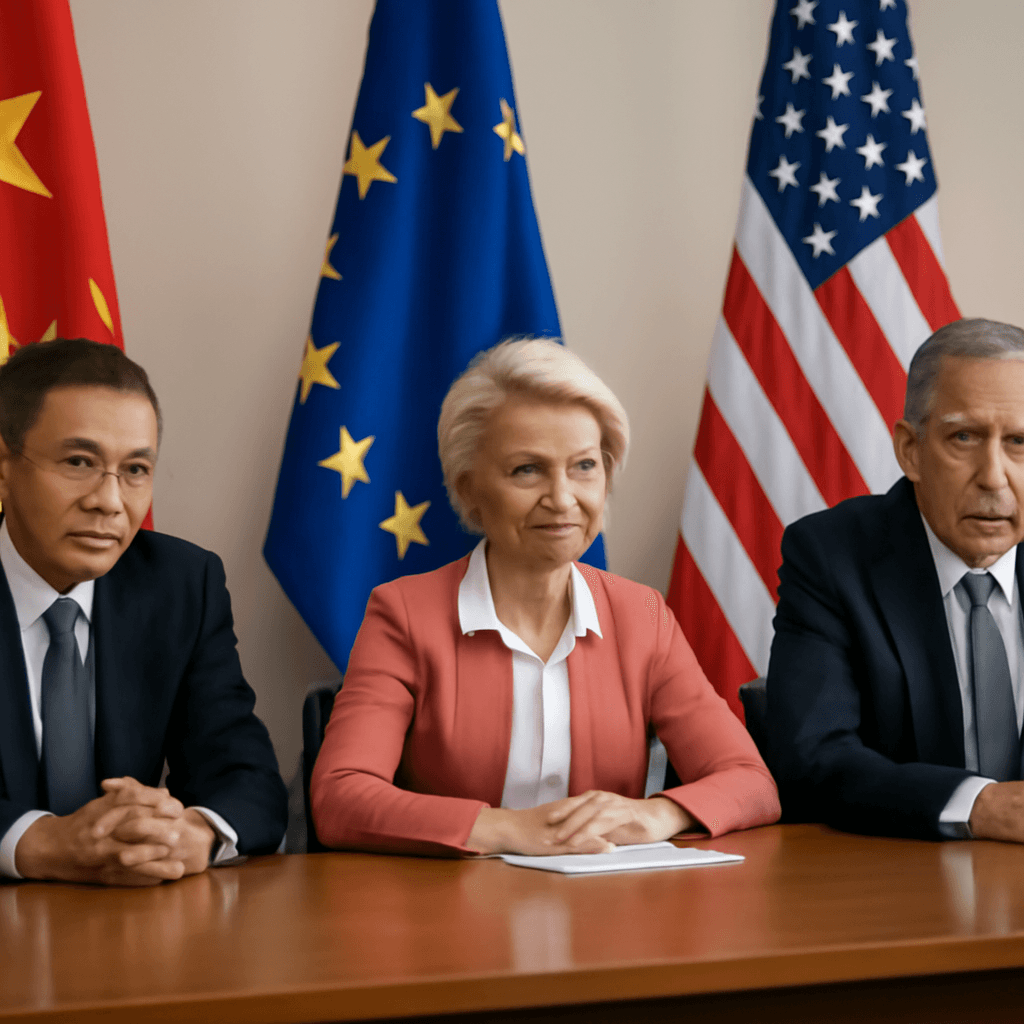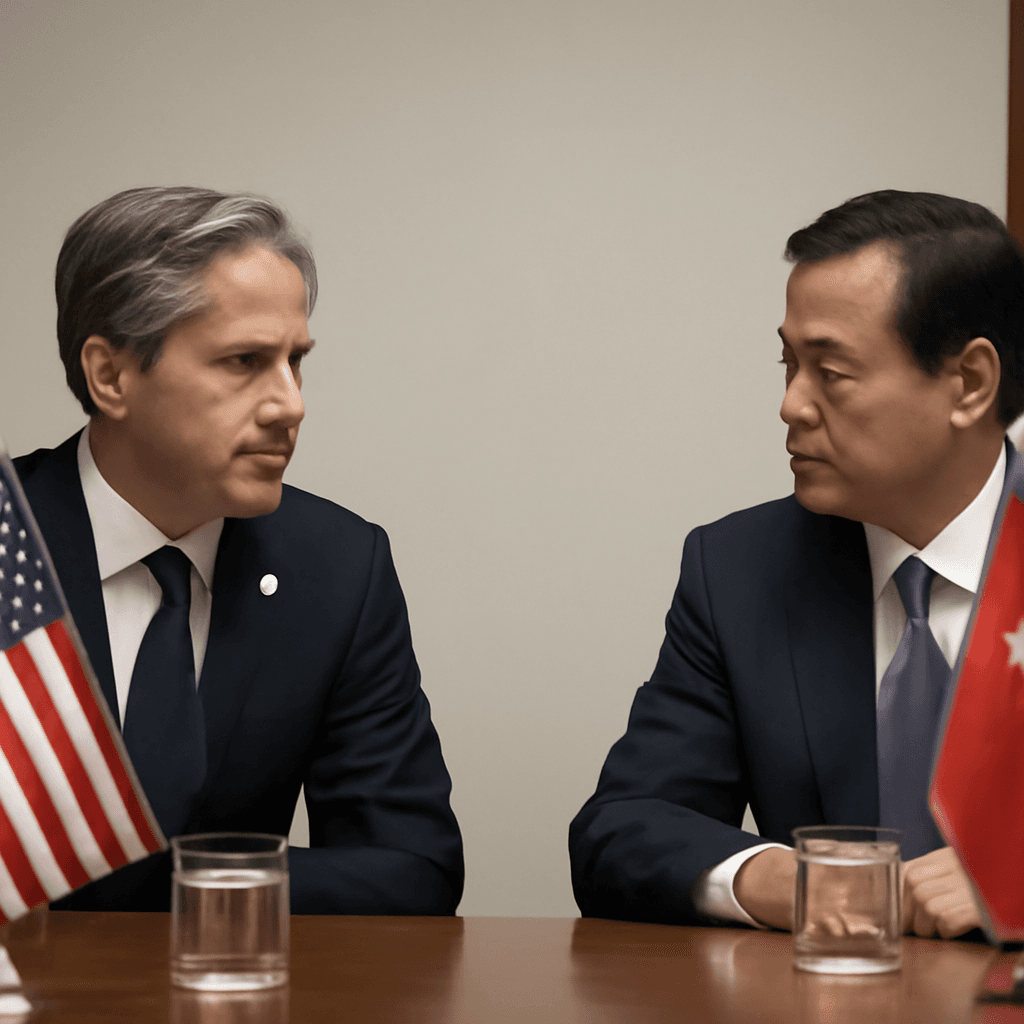US and China Kick Off Crucial Trade Talks in London
Senior economic officials from the United States and China convened in London to initiate a pivotal round of trade negotiations, signaling potential breakthroughs on contentious issues such as rare earth mineral exports and technology restrictions.
Signs of Compromise Emerge
In an encouraging development, Washington has indicated readiness to ease certain technology export controls targeting China. In return, the U.S. expects Beijing to boost shipments of rare earth minerals—vital components for various industries—to American markets.
Leading the discussions from China’s side is Vice Premier He Lifeng, joined by U.S. Treasury Secretary Scott Bessent, Commerce Secretary Howard Lutnick, and Trade Representative Jamieson Greer.
White House Optimistic About Progress
Kevin Hassett, Director of the National Economic Council, expressed confidence that export controls would be relaxed promptly following the talks, with rare earth materials flowing in higher volumes. According to Hassett, easing restrictions could pave the way to resolving more nuanced aspects of the trade discourse.
This potential deal represents a significant shift, diverging from Washington’s recent stance of restricting Chinese access to advanced technologies, including semiconductors and artificial intelligence, out of concern these could enhance Beijing’s military capabilities.
Balancing Innovation and Security Concerns
Addressing worries about sensitive technologies, Hassett clarified that high-end products, like advanced Nvidia chips, would remain controlled. However, the U.S. is willing to reconsider controls on other semiconductor categories, which still hold substantial importance for China’s tech sector.
Since 2022, export restrictions have forced American chipmakers to develop downgraded versions for the Chinese market.
Talks Sparked by Leadership Dialogue
The London negotiations come on the heels of a phone conversation between the Chinese and U.S. presidents last week, where both parties pledged to push forward with resolving trade frictions.
During this call, the release of critical magnets and rare earth elements was a priority, crucial for industries such as automobile manufacturing in the U.S. President Trump underscored the urgency, prompting agreement from President Xi Jinping to accelerate exports.
Ongoing Tensions Cast a Shadow
Despite recent truces, friction remains high. The 90-day tariff reduction agreement struck in Geneva has faced hurdles, with accusations of breaches from both sides.
- The U.S. has imposed bans on advanced Chinese-made microchips and restricted the export of sophisticated chip design tools and jet engine technologies.
- China has maintained strict controls over its rare earth mineral exports since early April, failing to ease non-tariff barriers as promised.
These restrictions have alarmed U.S. and European automakers, fearing production delays and factory shutdowns.
Global Supply Chain Implications
China holds a dominant position in the rare earth magnets market, components essential to high-tech manufacturing across several industries. This gives Beijing substantial leverage in global trade talks.
Experts highlight that China seeks relief from U.S. export controls on semiconductor technology, an area where America maintains a significant advantage. However, political obstacles make this a challenging concession for the U.S. side.
Steps Toward Resolution
Recently, China approved several rare earth export applications and granted temporary licenses to suppliers serving major U.S. automakers like General Motors, Ford, and Stellantis.
The London meeting marks the first session under a newly established trade dialogue framework post-Geneva accord. Throughout the visit, Vice Premier He Lifeng also engaged with British officials, including Finance Minister Rachel Reeves.
Economic Figures and Legal Challenges
While China’s overall exports grew by 4.8% year-on-year in May, rare earth exports dropped sharply by 48.3% in value to $18.7 billion, alongside a 5.7% decline by weight.
Meanwhile, the U.S. administration faces legal scrutiny over the tariffs imposed on China. After a court initially ruled these tariffs illegal, a federal judge reinstated them temporarily. The administration plans to defend the tariffs as necessary leverage to bring China to the negotiating table.
Looking Ahead
As these negotiations unfold, all eyes remain on how both countries balance their economic interests with strategic security concerns. The talks in London offer a promising platform toward easing restrictions, but complex political and economic dynamics will likely shape the final outcome.

